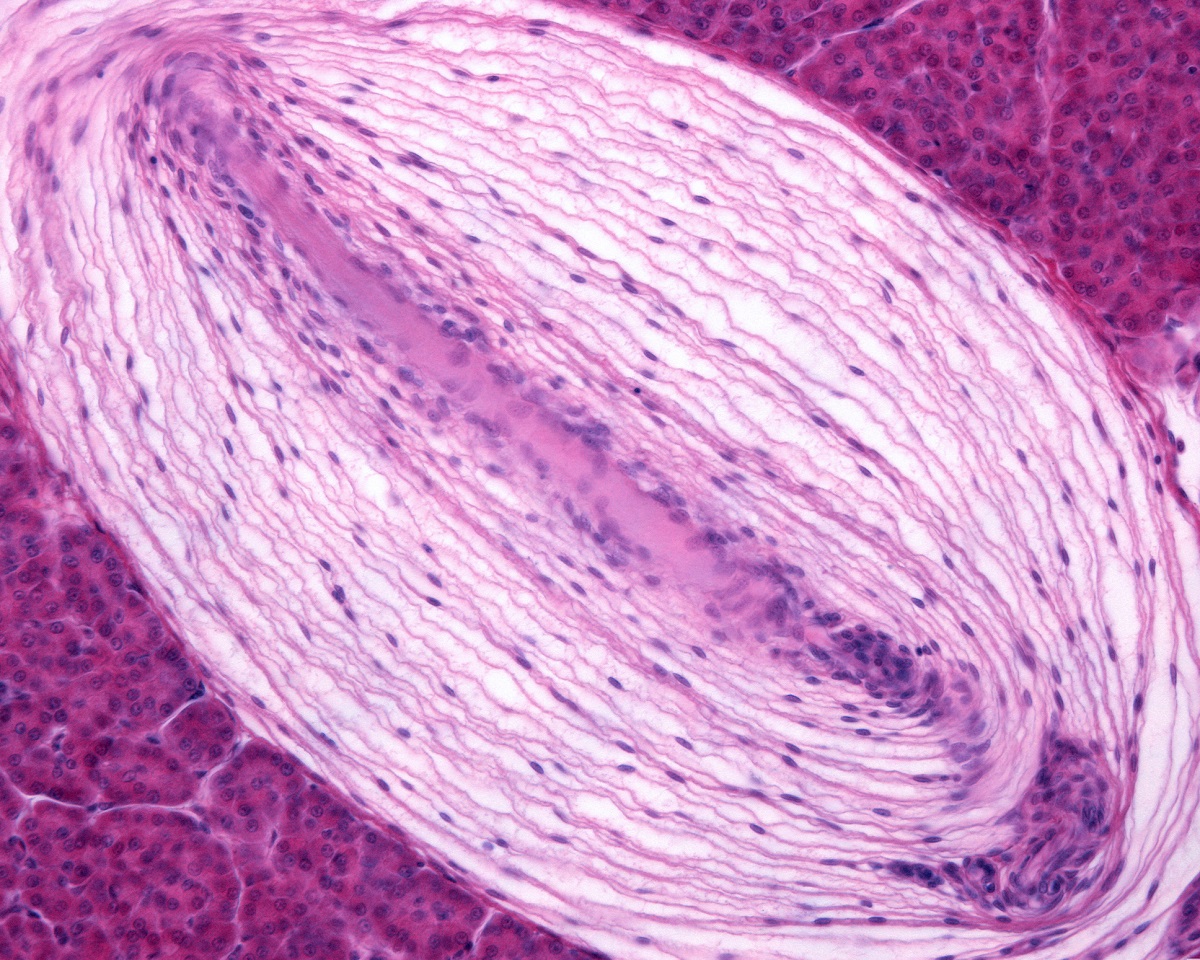KEY TAKEAWAYS
- The study aimed to investigate the efficacy of a novel 20-gene mPS for enhancing survival prediction and risk stratification in patients with HGSOC.
- Researchers noticed that the 20-gene mPS improves survival prediction and guides targeted therapies.
The study introduces a novel gene expression-based molecular prognostic score (mPS) for high-grade serous ovarian cancer (HGSOC), derived from a 20-gene signature using Least Absolute Shrinkage and Selection Operator (LASSO)-Cox regression.
This new prognostic tool aims to address the limitations of traditional clinicopathological parameters, which often fail to significantly improve the 5-year survival rate for HGSOC, currently around 30%. By incorporating gene expression profiles, the mPS offers enhanced predictive accuracy, providing a more refined risk stratification for patients.
Siddik Sarkar and the team aimed to assess the efficacy of the mPS in predicting overall survival (OS) and its potential to guide targeted therapies, particularly those addressing Wnt/Notch signaling pathways and immune evasion, to improve outcomes in patients with high-risk HGSOC.
They performed an inclusive analysis using gene expression raw microarray datasets, combining data from TCGA-OV (n = 544) and GEO datasets (GSE18520, GSE26712, GSE26193, GSE63885, GSE14764), resulting in a comprehensive cohort of 1022 patients. These datasets, encompassing 10,225 common gene symbols, were downloaded from the TCGA and GEO databases.
The data underwent preprocessing and normalization using the Robust Microarray Average (RMA) approach, followed by quantile normalization to maintain consistent patterns across the datasets. Batch effect removal was applied to ensure uniformity in log ratios, and a correlation matrix of mRNA expression with a cutoff of 0.7 was utilized to eliminate outliers, ultimately refining the cohort to 1016 patient samples for further analysis.
About 491 samples each from the training and test sets and a large HGSOC patient cohort from the Ovarian Tumor Tissue Analysis (OTTA) consortium (n = 7542) were used for validation across diverse datasets. This analysis consistently demonstrated an area-under-curve (AUC) of around 0.7 for predicting 5-year OS. The mPS’s impact on prognosis was significant, with an adjusted hazard ratio (HR) of 6.1 (95% CI: 3.65-10.3; P < 0.001), which proved to be more predictive than conventional parameters such as FIGO score, residual disease, and age.
Molecular insights obtained through mPS stratification revealed that pathways including focal adhesion, Wnt, and Notch signaling were upregulated, while antigen processing and presentation were downregulated (P < 0.001) in high-risk HGSOC cohorts.
The study concluded that the 20-gene signature-derived mPS is a robust prognostic marker with significant potential to transform clinical practice. Beyond its strong predictive capability for overall survival, the mPS offers valuable insights for guiding alternative therapies, particularly those targeting Wnt/Notch signaling pathways and immune evasion, representing a promising approach to improving outcomes in high-risk patients with HGSOC.
This study was funded by the Council of Scientific & Industrial Research (CSIR), Science and Engineering Research Board (SERB), and Laboratory Reserve Fund (LRF) from CSIR-Indian Institute of Chemical Biology, INDIA.
Source: https://pubmed.ncbi.nlm.nih.gov/39095849/
Sarkar S, Saha SA, Swarnakar A, et al. (2024). “The molecular prognostic score, a classifier for risk stratification of high-grade serous ovarian cancer.” J Ovarian Res. 2024 Aug 2;17(1):159. doi: 10.1186/s13048-024-01482-5. PMID: 39095849; PMCID: PMC11296390.



